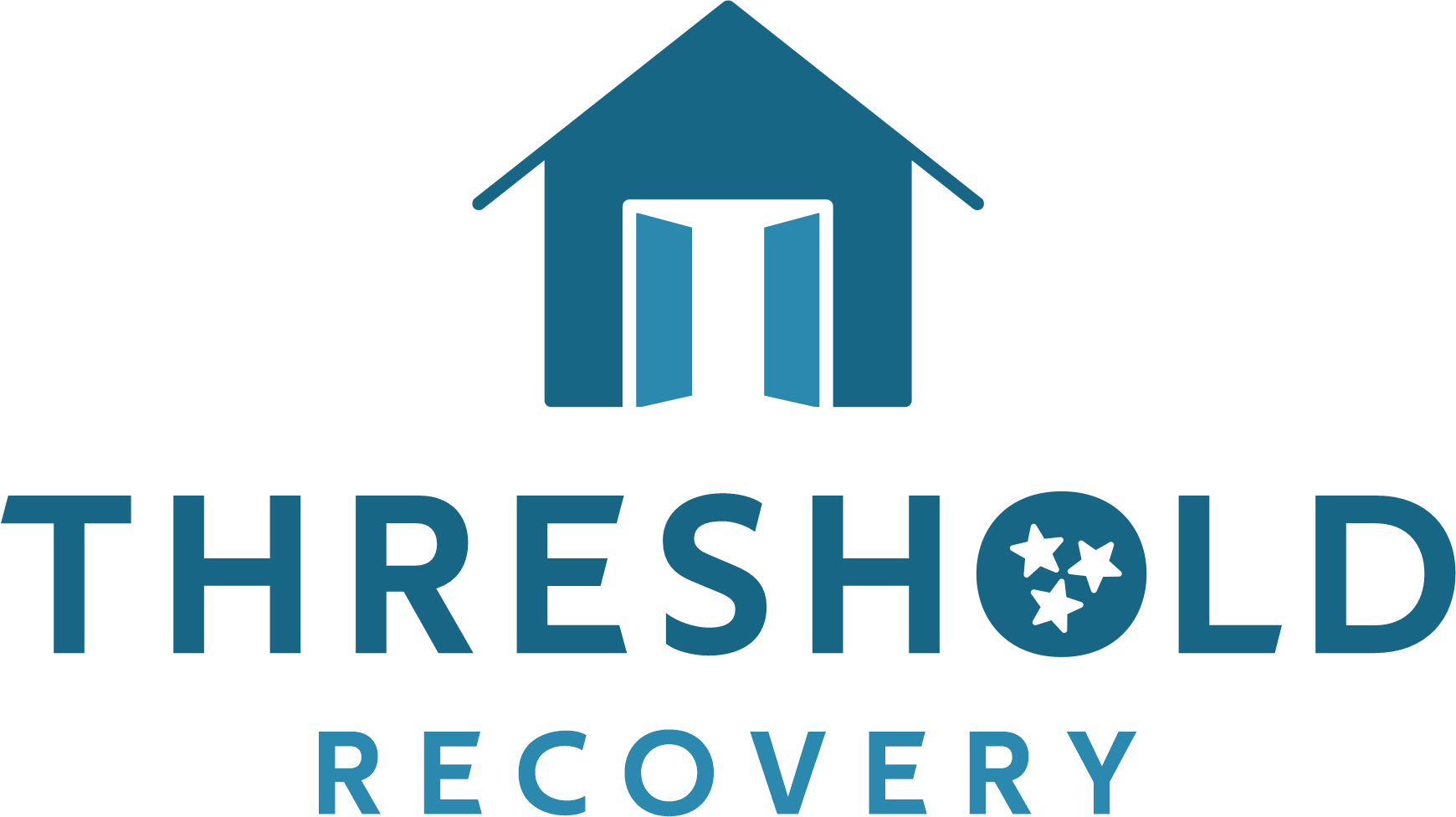Halfway House vs. Sober Living

When individuals embark on their journey to recovery from substance abuse, they often encounter various options for transitional living arrangements. Two common choices are halfway house programs and sober living homes.
While these terms are sometimes used interchangeably, they actually have distinct characteristics and serve different purposes. In this article, we will explore the key differences between halfway house and sober living homes, helping individuals make informed decisions as they navigate their path to recovery.
Halfway House: Bridging the Gap
A halfway house, as the name suggests, acts as a transitional space between a residential treatment facility and independent living. This structured environment provides individuals with a supportive and supervised setting during the early stages of their recovery journey.
Typically, a halfway house accommodates individuals who have completed an initial phase of treatment, such as detoxification and inpatient rehabilitation.
Key Characteristics of Halfway Houses
Structure and Accountability:
A halfway house follows a set of rules and regulations to maintain a structured environment conducive to recovery. Residents are expected to adhere to curfews, attend support group meetings, and actively engage in their treatment plans.
Peer Support: A halfway house fosters a sense of community among residents. By living with individuals who share similar experiences, residents can provide support, encouragement, and accountability to one another.
Transition Skills: A halfway house often focuses on equipping residents with practical life skills necessary for successful reintegration into society. It may offer assistance with job placement, education, and developing healthy coping mechanisms.
Benefits of Halfway Housing
- Continuity of Care: A recovery residence house provides a bridge between the intensity of inpatient treatment and the independence of sober living. This seamless transition allows individuals to gradually adjust to their newfound sobriety while still receiving support.
- Accountability: The structured environment of a recovery residence fosters accountability, which is crucial in early recovery. Regular drug testing and the presence of house managers ensure that residents stay committed to their sobriety goals.
- Peer Support Network: Living alongside individuals who are on a similar path can be immensely beneficial. The peer support network within a halfway house offers a sense of camaraderie, understanding, and encouragement that helps residents stay focused on their recovery journey.
Sober Living Homes: Sustaining Sobriety
Sober living homes, also known as recovery residences, serve as a bridge between intensive treatment and independent living. Unlike halfway houses, sober living homes primarily cater to individuals who have completed a residential treatment program and are ready for a more independent lifestyle
Key Characteristics of Sober Living Homes
- Autonomy and Independence: Sober living homes emphasize personal responsibility and self-governance. Residents are expected to maintain their own sobriety, seek employment or education, and contribute to the daily functioning of the household.
- Supportive Environment: While residents have more independence, sober living homes still offer a supportive environment. They provide a drug- and alcohol-free living space where individuals can continue their recovery journey while receiving support from peers.
- Continued Accountability: Sober living homes may implement house rules, regular drug testing, and curfews to ensure accountability and a safe environment. However, the level of structure and supervision is generally less intense than in other programs.
Benefits of Sober Living Homes
- Gradual Transition: Sober living homes offer individuals a gradual transition from the structure of treatment programs to independent living. This incremental shift allows residents to practice their newfound skills while still receiving support and guidance.
- Real-World Integration: By residing in a sober living home, individuals can integrate themselves into the real world



